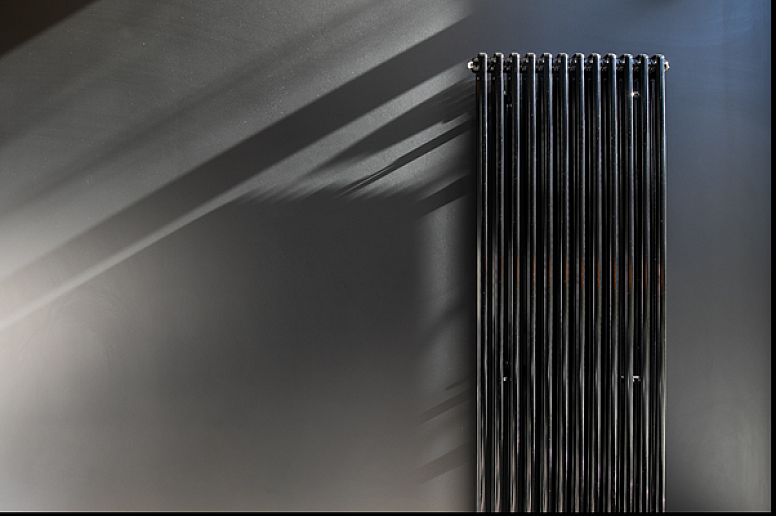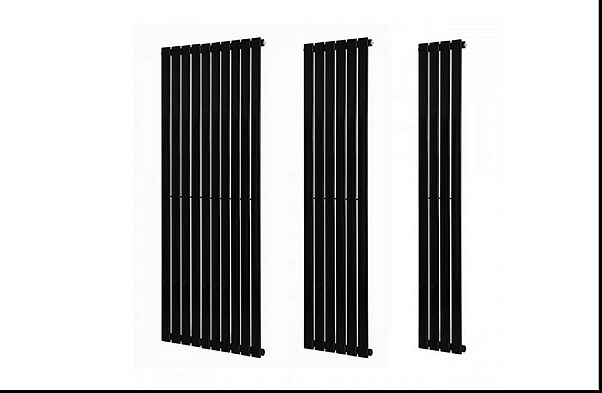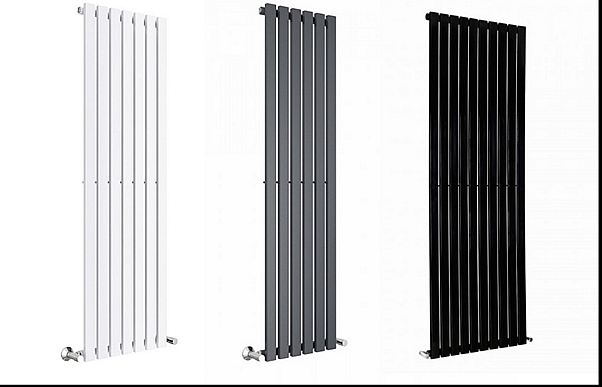
Warming Your London Home: Pros & Cons of Vertical Radiators
Thinking of upgrading your home's heating system with a modern touch? Vertical radiators could be just what you need. In this guide, we'll discuss the pros and cons of vertical radiators, and their extra perks, and answer common questions to help you decide if they're right for you.
When revamping your London home’s heating system, vertical radiators offer a sleek and modern solution that not only saves space but also enhances your interior aesthetics. London Hut’s Complete Guide on the Pros and Cons of Vertical Radiators highlights the benefits, such as their space-saving design and stylish appeal, while also noting potential drawbacks like heat distribution challenges.
If you're inspired to upgrade your home, London has several great places to shop for vertical radiators that fit both contemporary and traditional homes. From the design-driven options in The Radiator Centre to premium selections at CP Hart, you’ll find a range of choices that combine functionality with style, helping you achieve the modern, efficient heating system discussed in the article.
Places in London to buy vertical radiators:
-
The Radiator Centre, Clapham: Known for its stylish and efficient radiator designs, this showroom offers a wide range of vertical radiators that cater to modern and traditional tastes.
-
CP Hart, Waterloo: A leading supplier of luxury bathroom and heating solutions, CP Hart has a diverse selection of high-end vertical radiators that bring both functionality and design flair to your home.
-
Soak.com, Online & London Showrooms: Offering affordable yet stylish radiator options, Soak.com has vertical radiators in various designs, including contemporary, minimalistic styles.
-
Vogue UK, Chelsea Design Centre: Vogue UK specializes in luxury heated towel rails and radiators, with premium vertical options perfect for those seeking high-quality, design-led products.
-
BestHeating, Online: For a mix of affordability and style, BestHeating offers a range of vertical radiators available for delivery throughout London, with options to suit modern and industrial interiors.
Vertical radiators are increasingly popular in modern home heating systems, offering both advantages and drawbacks to consider. In London, where space can be at a premium, vertical radiators provide a practical solution by utilizing vertical wall space effectively. They can efficiently heat a room while occupying less horizontal space compared to traditional horizontal radiators, making them ideal for narrow or compact areas.
Additionally, vertical radiators can enhance the aesthetic appeal of a room, serving as a stylish focal point or complementing contemporary interior designs. However, it's important to note that installation costs may be higher due to the need for specialized fittings and adjustments to existing plumbing systems. Maintenance can also be more challenging, requiring careful cleaning and potential air bleeding.
Despite these considerations, the versatility and efficiency of vertical radiators make them a compelling option for homeowners looking to optimize both heating performance and visual impact in their London residences.
Whether you're curious about their warmth, how they're installed, or picking the best one for your home, we've got all the info you need.
Understanding Vertical Radiators
What Are Vertical Radiators?
As the name suggests, these are a vertical or upright version of the conventional horizontal radiator. They are designed to save space and provide efficient heating while adding a touch of elegance to your living space.
Vertical radiators come in various styles, but the two most common types are:
- Panel Radiators: These radiators are sleek and contemporary, consisting of a single panel. They are perfect for modern interiors.
- Column Radiators: Column radiators have a more traditional appearance with multiple columns or sections. They are great for both classic and contemporary settings.
Where Are They Used?
Vertical radiators are incredibly versatile and can be installed in various spaces, including:
- Living Rooms
- Bedrooms
- Bathrooms
- Kitchens
- Offices
- Commercial Spaces
Their vertical orientation allows you to make the most of limited wall space, which is especially advantageous in smaller rooms.

Advantages of the Vertical Radiator:
Vertical radiators offer several advantages that make them an attractive option for homeowners:
- Efficient Use of Space: Vertical radiators are ideal for rooms with limited wall space, allowing you to maximise floor space for furniture and decor.
- Stylish Design: These radiators add a modern and sleek aesthetic to any room, enhancing the overall decor.
- Effective Heating: Despite their vertical orientation, these radiators are just as efficient at heating your home as traditional horizontal models.
- Versatile Placement: Vertical radiators can be installed in various locations, including narrow or awkward spaces, providing flexibility in design and placement.
- Quick Warm-Up Time: Contrary to common misconceptions, vertical radiators heat up quickly and efficiently, providing warmth when you need it most.
Additional Benefits of Vertical Radiators:
In addition to their primary advantages, vertical radiators offer several additional benefits:
- Design Flexibility: Vertical radiators come in various styles, colours, and finishes, allowing you to choose a design that complements your home decor.
- Space Optimization: By freeing up wall space, vertical radiators enable more creative furniture arrangements and room layouts.
- Easy Maintenance: Vertical radiators are typically easy to clean and maintain, requiring minimal effort to keep them looking their best.
Disadvantages of the Vertical Radiator:
While vertical radiators offer numerous benefits, it's essential to consider potential drawbacks:
- Limited Heat Distribution: Vertical radiators may have slightly reduced heat distribution compared to horizontal models, especially in larger rooms.
- Installation Challenges: Installing vertical radiators may be more complex, requiring careful measurement and placement to ensure optimal performance.
- Higher Cost: Vertical radiators may be more expensive upfront compared to traditional radiators, although their long-term benefits often outweigh the initial investment.

How to Choose the Right Vertical Radiator for Your Home:
When selecting a vertical radiator for your home, consider the following factors:
- Size and Output: Choose a radiator size and heat output suitable for the room's dimensions and heating requirements.
- Design and Style: Select a radiator that complements your home decor and reflects your personal style preferences.
- Installation Options: Determine whether you prefer wall-mounted or floor-standing radiators, depending on your space and layout.
- Budget: Establish a budget for your radiator purchase and installation, considering both upfront costs and long-term savings on energy bills.
Addressing Common Questions:
- Can a Vertical Radiator Be Hung Horizontally?
While vertical radiators are designed to be installed vertically, some models may allow for horizontal installation with the appropriate brackets and adjustments. However, it's essential to consult with a professional installer to ensure proper support and functionality. - Which Radiators Are Better: Vertical or Horizontal?
The choice between vertical and horizontal radiators depends on various factors, including room size, layout, and personal preference. Both types offer advantages and disadvantages, so it's essential to consider your specific needs before making a decision. - Do Vertical Radiators Take Longer to Warm Up?
Vertical radiators typically heat up just as quickly as horizontal models, providing efficient warmth within a short period. However, factors such as radiator size and heating system efficiency can affect warm-up time. - Can Vertical Radiators Be Fitted Horizontally?
While vertical radiators are designed for vertical installation, some models may allow for horizontal fitting with the appropriate brackets and adjustments. However, it's essential to consult with a professional installer to ensure proper support, functionality, and safety.
Vertical radiators provide a stylish and effective heating solution for modern homes. They save space, heat efficiently, and can be placed in various locations, which is particularly suitable in a London home. Despite some drawbacks, their added benefits and adaptability make them a smart investment for homeowners wanting both comfort and style. You can pick the perfect vertical radiator to improve your home's warmth and look by thinking about your heating needs, design taste, and budget.











